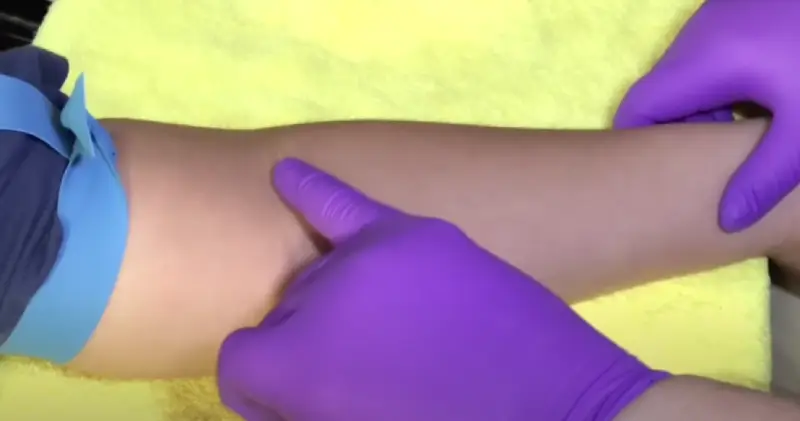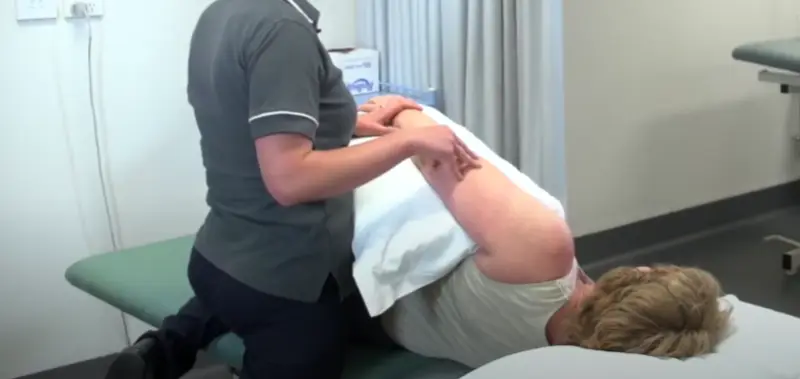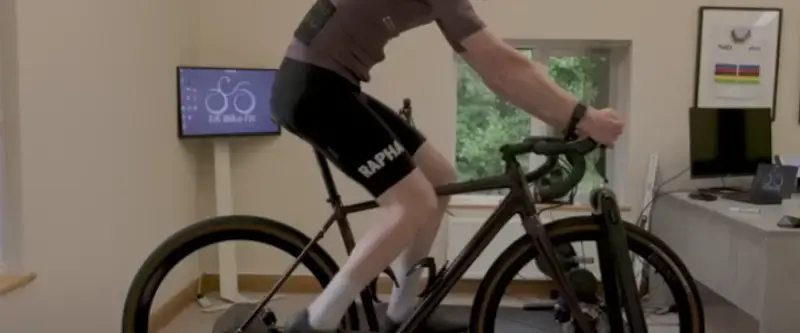Insufficiency in the veins in your arms means the blood does not return to the heart, causing pain, swelling, and other symptoms. Phlebitis, an inflammation of a vein, results in pain, redness, and swelling.
Pain in your arm veins can arise from superficial phlebitis, muscle strain, or blood clots. Simple causes include venous pressure leading to varicose or spider veins, while serious issues like deep vein thrombosis (DVT) involve clots inside the muscle.
In this blog post, we aim to shed light on the various reasons for discomfort in your arm veins and how to manage it.
Why Do My Veins Hurt In My Arm: 8 Real Medical Causes

When veins in your arm are causing discomfort or pain, several factors could contribute to this sensation. It’s important to know what could be causing the problem, so you can figure out the underlying issue and seek appropriate medical advice. Here are some common reasons veins in your arm might hurt:
Phlebitis
Phlebitis, also known as superficial thrombophlebitis, is characterized by vein inflammation, usually in the arms, though it may also occur in the arms. An inflamed vein can lead to pain, swelling, redness, and tenderness along the affected vein.
Cyclists may encounter phlebitis because of prolonged pressure on the arms while gripping the handlebars. Phlebitis commonly occurs because of trauma, infection, or a blood clot.
Varicose Veins
Veins with varicose characteristics are enlarged and twisted and typically show under the skin in dark purple or blue. While they most commonly affect the legs, they can also develop in the arms. Cyclists who spend long hours on their bikes may experience varicose veins in their arms. The pain associated with varicose veins in the arms may result from increased pressure within the affected veins, leading to discomfort, heaviness, or aching.
Deep Vein Thrombosis (DVT)
Blood clots form in the deep veins, typically in the arms, but they can also happen in the arms. DVT can cause pain, swelling, warmth, and redness in the affected limb. The blood clot might dislodge and travel to the lungs, causing pulmonary embolism, a serious condition.
Injury or Trauma
Injury or trauma to the arm can damage the veins, leading to pain and discomfort. Whether from a fall, impact, or repetitive motion, physical trauma can cause inflammation, bruising, or even structural damage to the veins. Proper first aid, rest, and medical evaluation are essential for treating vein pain caused by injury or trauma, ensuring proper healing and recovery.
Infections
Infections in the arm, such as cellulitis or abscesses, can affect the veins and surrounding tissues, causing pain and inflammation. Bacterial infections can lead to redness, warmth, swelling, and tenderness along the infected area. Prompt medical antibiotic treatment is necessary to resolve the infection and ease vein pain associated with the inflammatory response.
Poor Circulation
Poor circulation can affect arm blood flow, resulting in vein pain and discomfort. Diseases like peripheral artery disease (PAD), diabetes, or obesity can impair circulation, leading to symptoms like stiff hands, numbness, tingling, and pain in the veins.
Overuse or Strain
Excessive use or strain on the arm muscles can contribute to vein pain, particularly in cyclists who engage in long rides or intense training sessions. Overuse or strain of the arm muscles can also affect the veins, especially during repetitive activities or improper lifting techniques. Straining the muscles surrounding the veins can lead to pain, stiffness, and inflammation.
Medical Conditions
Various underlying medical conditions can contribute to veins hurting the arm, such as vasculitis, Raynaud’s disease, or thoracic outlet syndrome. These conditions can affect the blood vessels, nerves, or surrounding tissues, leading to vein pain as a symptom.
Painful Veins in the Arm: 9 Management Tips

You may feel uncomfortable and disruptive when you experience pain in the veins of your arm. Addressing the underlying cause is essential, but you can try several management tips to ease the pain and improve your condition. Here are some effective strategies:
Managing Your Stress
Stress can exacerbate various health conditions, including those affecting your veins. Yoga, meditation, and deep breathing exercises can benefit your vascular health. By reducing stress levels, you can improve blood circulation and ease the discomfort in your arm veins.
Attend All Your Follow-Up Appointments
If you have been diagnosed with a vein-related condition, attending all your follow-up appointments with your healthcare provider is essential. Regular check-ups allow your doctor to monitor the condition’s progression, adjust treatment plans if necessary, and provide valuable guidance on managing your symptoms effectively.
Following a Healthy Diet
Intake of a healthy diet plays a significant role in managing painful veins in the arm. Include foods rich in antioxidants, fiber, and vitamins C and E, as they can help strengthen blood vessels and improve circulation. Moreover, reducing salt intake can reduce water retention, easing swelling and discomfort in the affected arm.
Stay Active
Exercise is essential for improving blood circulation and maintaining overall vascular health. Walking, cycling, swimming, or yoga can improve circulation in your arms and prevent blood from pooling in your veins. Consult Your doctor about what exercise is right for your specific condition.
Use Compression Stockings
Compression stockings are garments that apply gentle pressure to legs and arms, improving blood flow and reducing swelling. Wearing compression stockings, as your healthcare provider recommends, can help alleviate pain in your arm veins and improve your overall comfort level.
Quit Smoking
Smoking has detrimental effects on vascular health, putting blood vessels under pressure and impairing circulation. If you are a smoker, quitting this habit is crucial for reducing pain and discomfort in your arm veins. Seek support from healthcare professionals or smoking cessation programs to embark on a journey toward a smoke-free lifestyle.
Avoid Prolonged Inactivity
If you lead a sedentary lifestyle, blood circulation may be reduced and this may worsen symptoms of painful veins in the arm. Avoid prolonged periods of inactivity by incorporating movement breaks into your daily routine. Simple activities such as stretching, walking, or flexing your arm muscles can help prevent blood stagnation and ease discomfort.
Limb Elevation
Elevating your arm above heart level may reduce swelling and improve blood flow in your affected veins. Use pillows or cushions to promote drainage of excess fluid and relieve pressure on the veins. Make limb elevation a regular practice, especially after prolonged sitting or standing periods.
Medical Treatment

- Anticoagulant Therapy: Your healthcare provider may prescribe anticoagulant medications if you have a history of deep vein thrombophlebitis or if the condition is likely to spread to deep veins. These blood thinners help prevent the formation of clots and prevent complications.
- Duration of Treatment: Anticoagulant therapy typically lasts between 3 to 6 months. Sometimes, especially if it’s your first episode of deep vein thrombosis (DVT), the treatment period may last up to 12 months to reduce the risk of recurrence.
Conclusion
In a nutshell, the mystery of ‘why do my veins hurt in my arm’ can stem from a range of causes, from simple muscle strain to severe conditions like deep vein thrombosis. However, managing vein discomfort is achievable with proper understanding, healthcare guidance, and lifestyle modifications.
And remember, whether you’re a long-distance cyclist or someone experiencing an odd sensation in your arms, don’t ignore your body’s signals. When in doubt, always consult a doctor to make sure you’re on the right path toward improved health and well-being.
FAQs
Is It Normal For Veins To Hurt During Exercise Or Physical Activity?
Mild discomfort in the veins during exercise is relatively joint and is often due to increased blood flow and muscle exertion. However, if you experience severe or persistent pain in your arm veins during or after physical activity, it’s essential to consult a healthcare provider to rule out any underlying issues.


